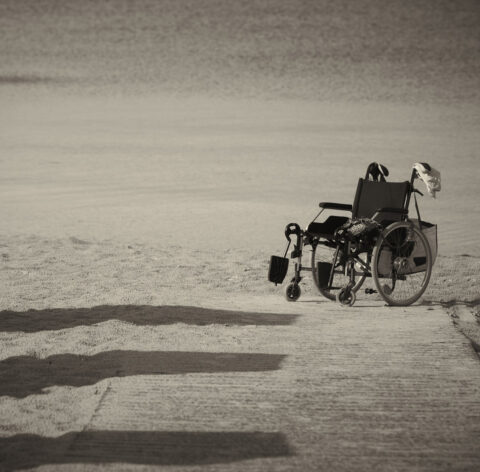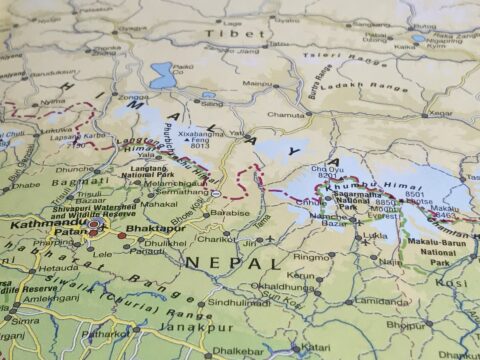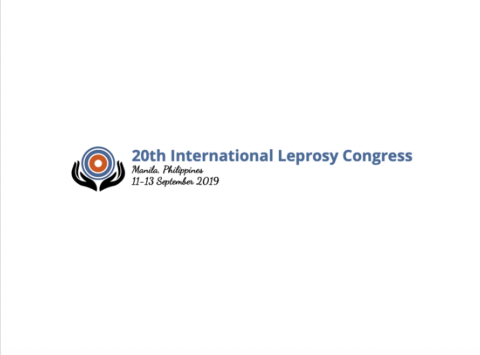
Ending NTDs in Nepal through Women-Led WASH
Neglected tropical diseases (NTDs) persist in places like Nepal where many people living in poverty do not have adequate water, sanitation and hygiene (WASH).
This contributes to the spread of NTDs like leprosy, which can cause disabilities and drive people deeper into poverty. The WASH programme at ALM is stopping this vicious cycle with:
- WAter: providing a safe water supply for consumption and improving water quality.
- Sanitation: improving sanitation which reduces the contamination of the environment.
- Hygiene: teaching better personal hygiene practices and providing health education.
Empowering Women
Women’s groups in Nepal are being trained on improving water, sanitation and hygiene.
What’s more, this project is improving WASH and stopping disease by empowering women. Women have a higher stake in the improvement of water and sanitation services and in sustaining these facilities, yet women rarely have a voice in these decisions. Educating and empowering women plays an important role in overall development. It also improves their quality-of-life and status within their family and community. This women-led WASH project:
- Reduces long walks to carry water, long waits for a turn at a water source and carrying heavy water containers.
- Ends the need to wait until dark to defecate in the open fields, and reduces the risk of harassment and assault during nighttime walks to and from the fields.
- Increases school attendance by girls during menstruation because they now have safe and separate sanitation facilities.
Transforming Lives
Hand-washing stations in schools help kids stay healthy.
The WASH project is working directly with 600 women across 30 villages, transforming the lives of 22,500 people, including 5,000 school children.
- Nine schools have received information on WASH and NTDs.
- Three of five hand-washing stations in schools are completed and two are nearing completion.
- Three of five key water points are protected through infrastructure development and two are nearing completion.
- 40 community leaders are trained on WASH and NTDs.
- Two out of five model community toilets and hand-washing stations are complete and three are nearly complete.
Reposted with permission from the American Leprosy Missions – originally published in July 2019 here.








